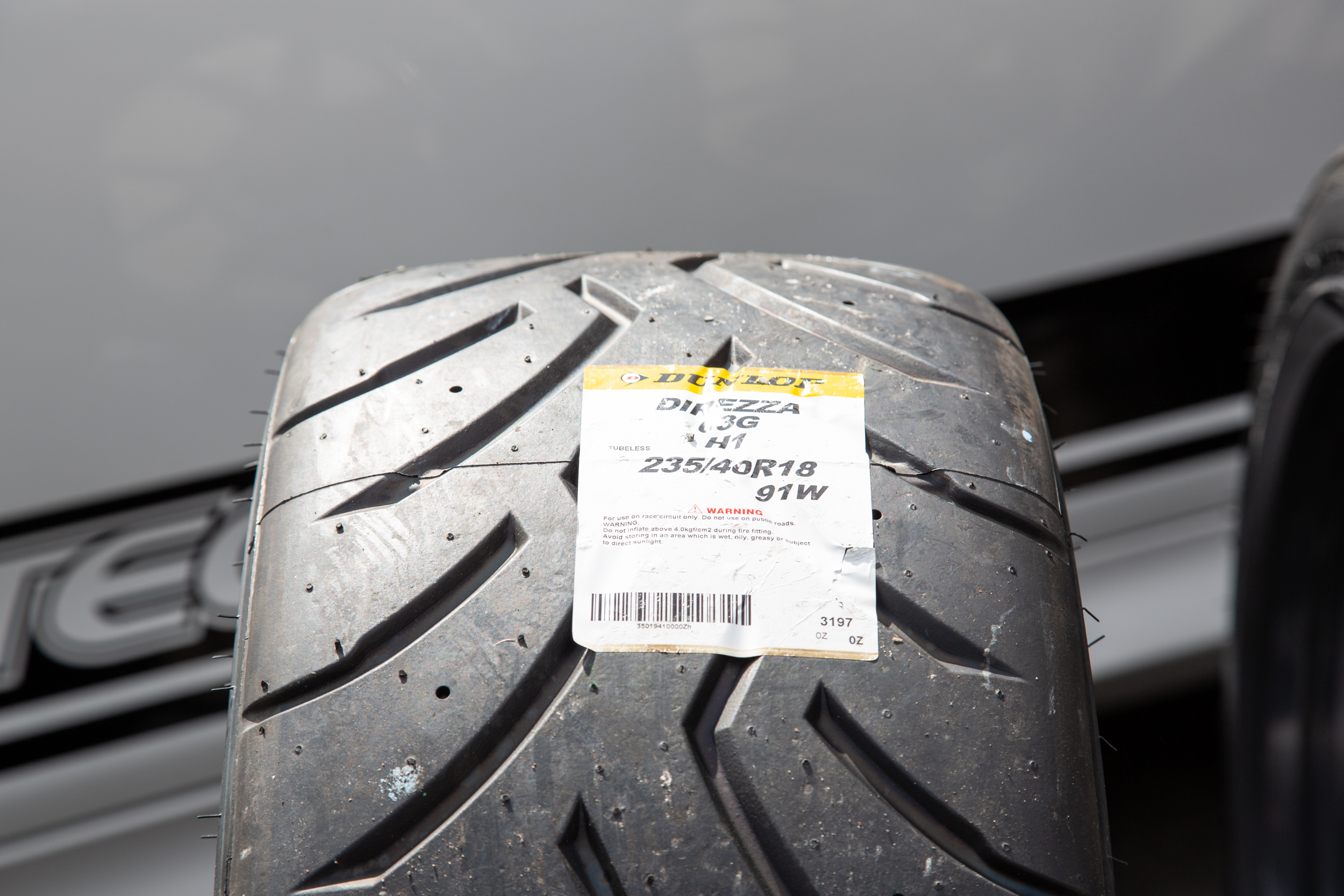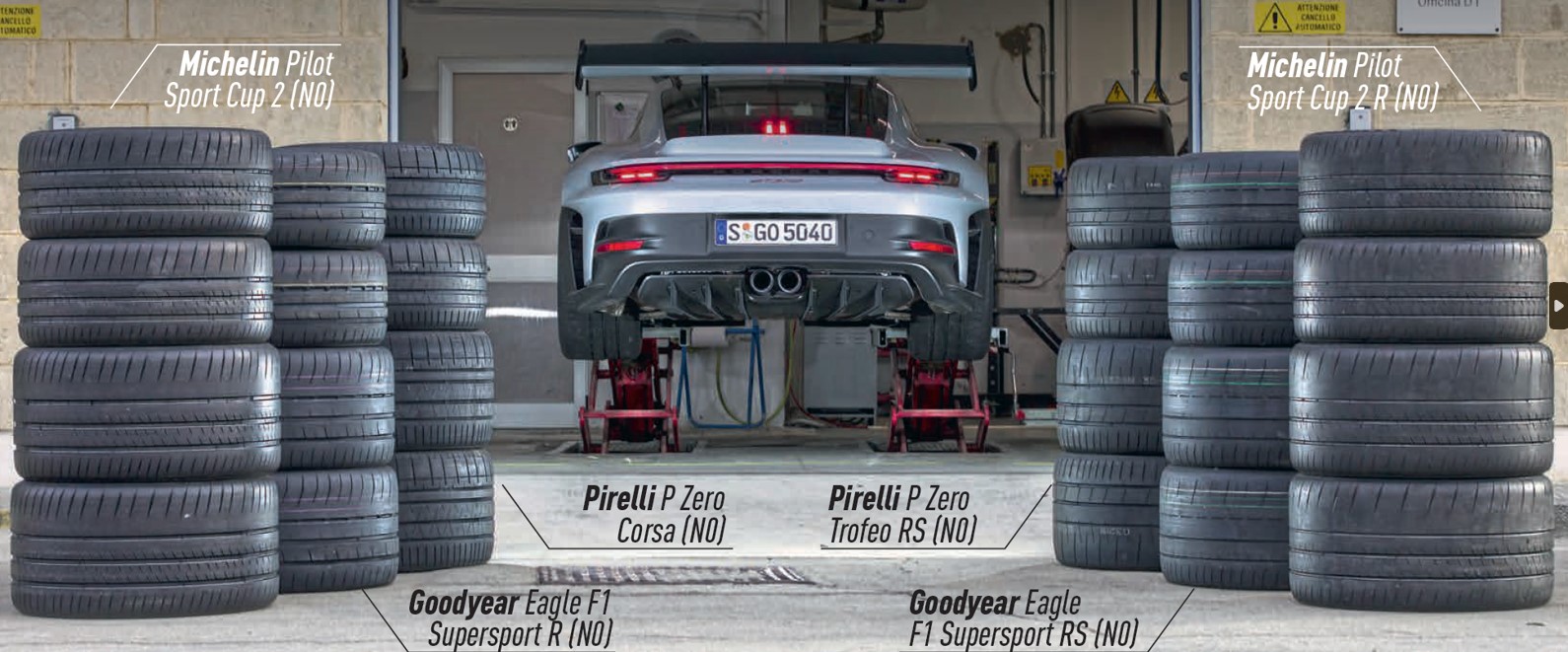All Categories
Featured
Table of Contents
The Michelin offered a comfy driving experience, qualified by responsive guiding and a modern understeer equilibrium. In spite of the cooler screening conditions, Michelin's consistent time and grip over three laps shows its viability for real-world applications. Conversely, Yokohama's efficiency was unique. While its super-quick guiding caused a fast front axle turn, the back revealed a propensity to swing much more.
One more notable aspect was Yokohama's warm-up time. The tire's first lap was a second slower than the second, aiming to a temperature-related hold increase. This suggests the Yokohama could beam in dry, race-like conditions. For day-to-day usage, the Michelin may be a much safer wager. Successor was the Hankook.
Budget Car Tyres Near Me ( Wanneroo 6064 WA)
It shared Michelin's risk-free understeer equilibrium but did not have the latter's desire to turn. Continental and Goodyear's performances were notable, with Continental's new PremiumContact 7 revealing a considerable improvement in wet conditions compared to its precursor, the PC6. This version was much less sensitive to load changes and acted a lot like the Michelin, albeit with slightly much less interaction at the restriction.
It combined the secure understeer equilibrium of the Michelin and Continental with some stylish handling, proving both predictable and fast. As an all-rounder for this Golf GTI, Goodyear's Crooked variety was the standout, showing outstanding efficiency in the wet. The Bridgestone Potenza Sport took the crown as the fastest tire, albeit by a tiny margin.
Vehicle drivers seeking an exciting damp drive could locate this tire worth considering. The standout performer in wet stopping was the most recent tire on examination, the PremiumContact 7, though the results are nuanced.
Tyre Upgrades – Koondoola
Preferably, we desired the cold temperature level test to be at around 5-7C, however logistical delays suggested we evaluated with an ordinary air temperature level of 8C and water at 12C. While this was cooler than basic examination conditions, it was still warmer than real-world problems. The warm temperature test was done at approximately 18C air and 19C water.
The third run included damp braking tests on used tires, specifically those machined to 2mm with a little encounter. While we intended to do more with these used tires, climate constraints restricted our testing. Nevertheless, it's worth noting that wet braking is most vital at the worn state, as tires typically improve in completely dry conditions as they use.

Bridgestone, Goodyear, and Michelin saw the least efficiency reduction when put on. The Hankook tyre signed up the tiniest performance drop as temperatures cooled, however it was among the most impacted when worn.
Trusted Tyre Packages Near Me
The take-home message right here is that no single tyre stood out in all facets of wet stopping, indicating a complicated interaction of elements influencing tyre efficiency under various problems. There was a standout tyre in aquaplaning, the Continental completed top in both straight and bent aquaplaning, with the Michelin and Goodyear also extremely good in deeper water.

Yokohama could profit from a little even more hold, a problem possibly influenced by the cooler problems. As for managing, all tyres carried out within a 2% variety on the lap, showing their high-quality efficiency (All-season tyres). Taking into consideration these tires essentially target the very same client, it's interesting to observe the substantial distinctions in feeling.
The shock is due to the fact that the PremiumContact 6 was among my favourites for flashy dry drives, however its successor, the PremiumContact 7, seems a lot more mature and resembles Michelin's performance. Amongst these, Hankook was the least accurate in guiding and interaction at the limit. Car tyre fitting. Both Michelin and Continental supplied wonderful first steering, albeit not the fastest
If I were to suggest a tyre for a fast lap to a novice, say my father, it would certainly be among these. After that we have the 'enjoyable' tires, namely Yokohama and Bridgestone. Both were quick to steer and really felt sportier than the others, but the compromise is an extra playful back side, making them much more challenging to deal with.
Reliable Car Tyres
It provided similar guiding to Bridgestone yet offered far better comments at the restriction and far better grip. The Bridgestone Potenza Sport, however, appeared to break down fairly promptly after just 3 laps on this requiring circuit. Lastly, there's Goodyear, which positioned itself somewhere in between the fun tyres and those often tending in the direction of understeer.
Altogether, these tyres are outstanding performers. For road use, I 'd lean in the direction of either the Michelin or Goodyear, relying on your particular preferences. In regards to tyre wear, the method used in this test is what the sector refers to as the 'gold criterion' of wear. The wear professionals at Dekra conducted this examination, which included a convoy of automobiles passing through a carefully intended path for 12,000 kilometres.
Both the Bridgestone and Yokohama tyres significantly underperformed in comparison to the other four tyres in terms of rolling resistance, with Continental a little outmatching the rest. Pertaining to the convenience level of the tires, as prepared for, a lot of showed an inverse relationship with handling. The Continental, Michelin, and Goodyear tyres done ideal across numerous surface area kinds examined.
Bridgestone began to reveal signs of suppleness, while Yokohama was especially disconcerting over gaps. We did gauge inner sound levels; nevertheless, as is frequently the situation, the results were very closely matched, and due to weather constraints, we were unable to perform a subjective evaluation of the tyres noise. Ultimately, we considered abrasion numbers, which measure the quantity of tire walk shed per kilometre, normalised to a one-tonne vehicle.
Reliable Budget Car Tyres
This number represents the amount of rubber dirt your tires generate while driving. Michelin led in this category, creating over 9% less rubber particle issue. On the other hand, Hankook created 32% more. This is a facet I believe the market needs to concentrate on even more in the future, and it's something Michelin is advocating.
Latest Posts
Leading Tyre Servicing Near Me – Koondoola WA
Budget Tyres Near Me
Best Tyre Servicing – Stirling